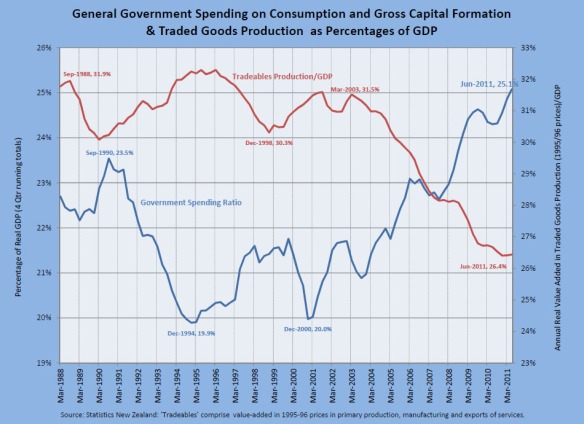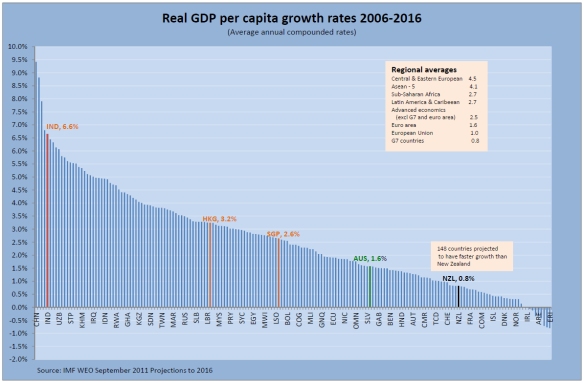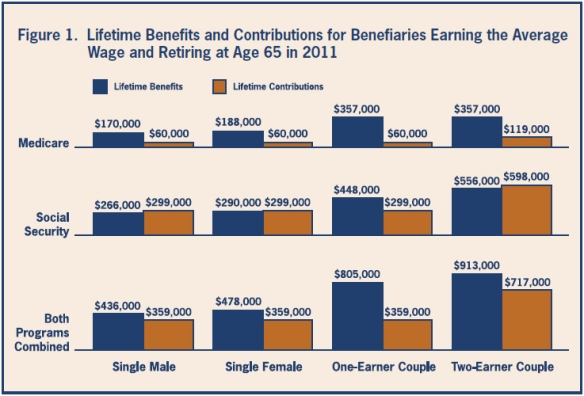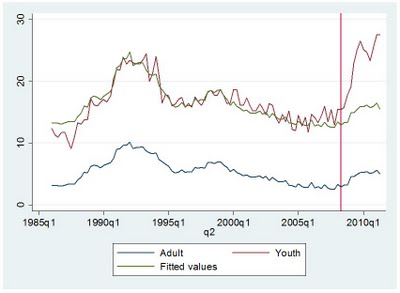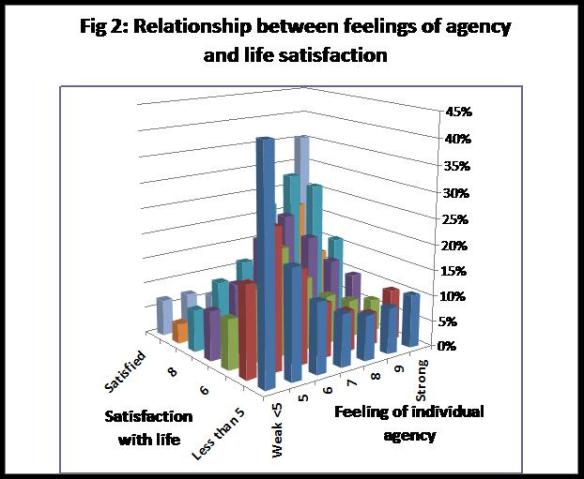A guest blog by Australian economist Winton Bates
In a comment on Treasury’s Living Standards Framework (posted on July 13) Roger quoted my suggestion that it would be hard to find a better indicator of relative living
standards as perceived by New Zealanders and Australians than net emigration to Australia. I had argued on my blog that net emigration to Australia would be a reliable indicator because the preferences that people show about where they live must be heavily based on their assessments of living standards.
However, the reliability of net migration as a living standards indicator is not beyond
dispute. Claims have been made (in this paper, for example) that migration motivated by the prospect of increased income might not bring greater happiness. There does
not seem to be much evidence in support of such claims, but even if migration tends
to make people less happy that would not necessarily mean that decisions to migrate are mistaken. It is possible for migrants to decide that it is worthwhile to make the sacrifices associated with moving to unfamiliar surroundings in order to provide greater opportunities for their children.
Is there evidence that migration from New Zealand to Australia is actually motivated
predominantly by the prospect of achieving higher material living standards? The existence of a substantial income differential in Australia’s favour makes this the most obvious motivation, although other factors are also relevant. For example, Statistics NZ has estimated that since the devastating earthquake at Christchurch on 22 February, there have been 4,900 ‘permanent and long term’ (PLT) international departures from that city compared with 3,000 during the same period in 2010.
The chart below suggests that the variation from year to year in net PLT departures from New Zealand to Australia is related to the push factor of unfavourable perceptions of the New Zealand economy. The consumer confidence indexes used in the chart (from Roy Morgan Research) indicate respondents’ perceptions of current and future financial conditions of their families and nations. There has obviously been fairly close correspondence between the consumer confidence indexes for Australia and New Zealand over the past decade. The chart suggests that more New Zealanders have tended to migrate to Australia when economic prospects have generally been perceived to be dismal in New Zealand, even though this has coincided with periods when Australians have been similarly dismal about their own economic prospects.

Is there any evidence that New Zealanders achieve higher living standards when they
migrate to Australia? Perhaps the strongest evidence is that New Zealanders keep migrating to Australia and that the numbers departing usually far exceed the numbers returning. If the experience was generally an unhappy one, it would seem reasonable to expect that the message would get around among potential migrants and migration would decline.
Available evidence suggests that the migrants to Australia are generally fairly happy. One study found that the proportion of migrants from an English-speaking background who were happy or very happy was about the same as for Australian-born respondents. I know of only one survey which has focused on migration from New Zealand to Australia, that by Alison Green, Mary Power and Deannah Jang in 2005. These authors surveyed New Zealand migrants, mainly living in southern Queensland, and a group of New Zealand residents (stayers) who had links to Australia (e.g. through visiting family or living there). As might be expected, the survey results suggest that the migrants were
less satisfied with life in New Zealand than the stayers. The level of satisfaction of migrants with life in Australia was much the same whether or not they were dissatisfied with life in New Zealand. The authors concluded that the migrants were generally highly satisfied with their decision to relocate.
I have yet to find a reason why net migration should not be viewed as a reliable indicator of relative living standards in Australia and New Zealand.

